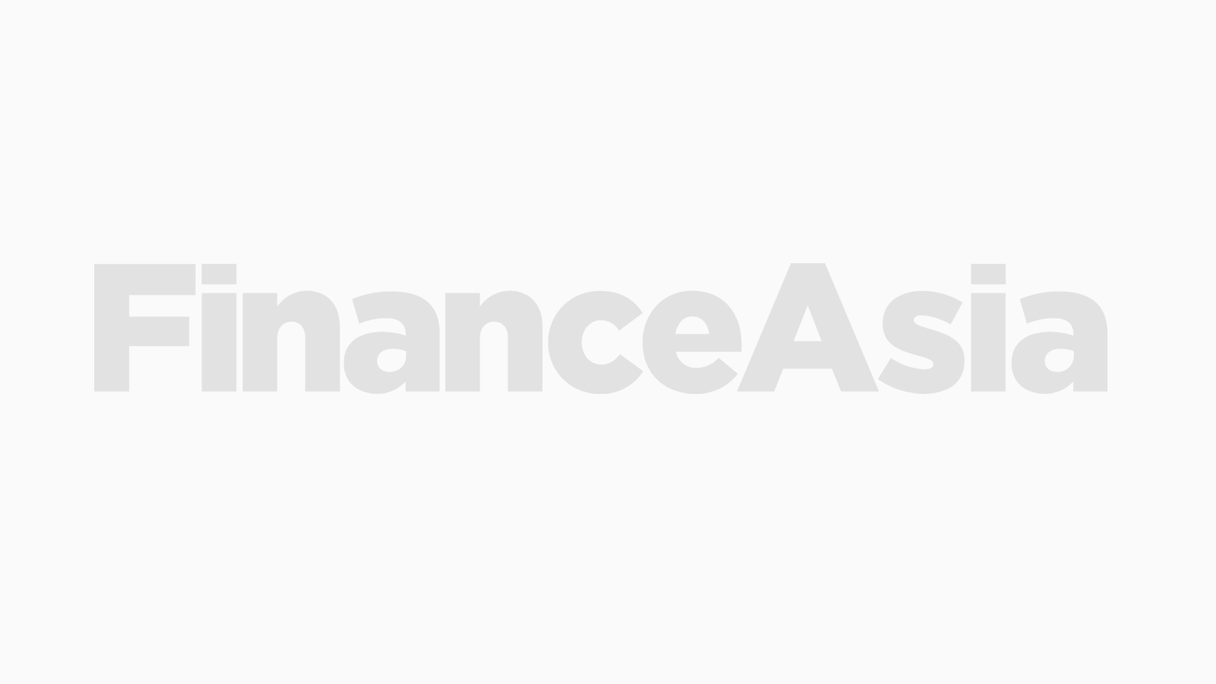The issue pierces IndiaÆs foreign currency sovereign rating of Baa3 thanks to SBIÆs extensive foreign operations facilitating strong US dollar cash flow, as well as its financial strength and size, says a source.
The five-year 2011 FRN was initially issued in Singapore in December 2006, and raised $300 million.
A rare issuer, SBI has just one other 2009 bond outstanding, trading at Libor plus 39/35. Deutsche Bank was sole lead and sole bookrunner on the deal.
A single investor keen to take a large position reportedly encouraged the issuer to take advantage of recent bullish sentiment on India.
The pricing means that SBI is paying five basis points less than it was one month ago, when it first issued. The price comes in at the mid-point of the bid-offer spread of the 2011 FRN, thus without a new issue premium. That reflects good demand, especially out of the Middle East, say specialists.
ôSBI benefited from the strong response to ICICI BankÆs $2 billion issue last week,ö adds one source. The bond from ICICI Bank, IndiaÆs largest private bank, saw demand of $8 billion.
The funds raised by SBI are to be used for ægeneral corporate purposesÆ. ôIndian banks are growing fast and are always looking for cash,ö says a source.
In terms of comparables, ICICI Bank's issue trades at around Libor plus 70 basis points, but ICICI Bank is majority privately held. Government-owned Bank of IndiaÆs three-year trades at around 57/58 basis points above Libor, and would probably price in the mid-60s for a new five-year, according to a specialist.
Another comparable would be India's Export and Import Bank, a pure policy bank, which trades around one basis point tighter than SBI. However, this issue is small and illiquid and therefore not considered a good comparable.
ôThe marketÆs view is that SBI is a substitute for the sovereign, which doesnÆt have any US dollar paper out, especially for non-resident Indians who see it as the safest name out there,ö claims a source.
Investors numbered 27, with banks, funds and retail accounting for 36%, 45% and 19% of the deal respectively. Geographically, demand came 47% out of Asia, 36% out of Europe and 17% out of the Middle East.
ôFor some reason, Middle Eastern investors seem to prefer SBI to any other Indian bank,ö notes one specialist. ôEuropean demand was a bit higher than expected, while Asia was a bit lower,ö he says, noting that was probably a function of the time at which the book closed (9am Singapore time).
The deal was a Registered S Eurobond and was not on sale to US investors.
ôIf they want to sell into the US market, they will have to increase the size of their issues,ö says one specialist.
¬ Haymarket Media Limited. All rights reserved.



